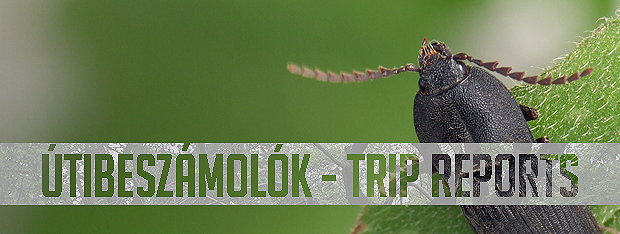
TRIP REPORTS
3.IV.2012., Budapest, Népliget
Not only mature forests and
undisturbed areas provide interesting data to our click beetle fauna.
In this sunny afternoon, after work, Nikola and I rode out to the
Central Public Park (Népliget) of Budapest. Our principal aim
was to examine an old black locust tree (Robinia pseudoacacia) I spotted
last year, close to a very busy road. Although black locust tree is not
indigenous in Hungary, it is a new potential host plant for a modest
number of beetle species.

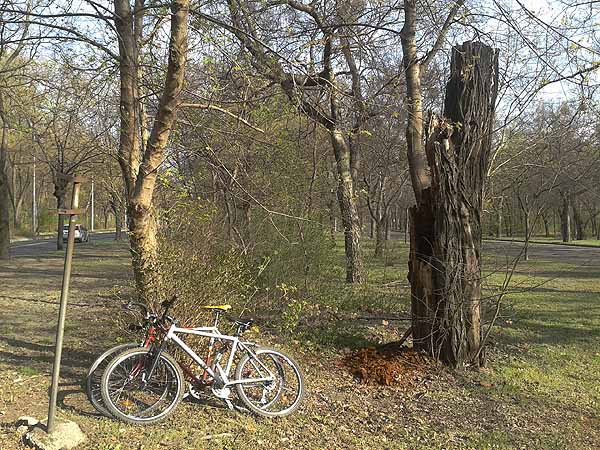
While trying to ignore the
flabbergasted gaze of pedestrians and dog walkers, we spent an hour
with examining the huge hollow of this dead trunk. The following
species were found during this short trip:
Procraerus tibialis (Lacordaire, 1835), Ampedus nigroflavus (Goeze, 1777), Ampedus elegantulus (Schönherr, 1817), Brachygonus megerlei (Lacordaire, 1835), Lacon querceus (Herbst, 1784), Protaetia cuprea obscura (Andersch, 1797), Neatus picipes (Herbst, 1797), Mycetochara axillaris (Paykull, 1799), Prionychus ater (Fabricius, 1775), Eustrophus dermestoides (Fabricius, 1792), Aegosoma scabricorne (Scopoli, 1763).
Procraerus tibialis (Lacordaire, 1835), Ampedus nigroflavus (Goeze, 1777), Ampedus elegantulus (Schönherr, 1817), Brachygonus megerlei (Lacordaire, 1835), Lacon querceus (Herbst, 1784), Protaetia cuprea obscura (Andersch, 1797), Neatus picipes (Herbst, 1797), Mycetochara axillaris (Paykull, 1799), Prionychus ater (Fabricius, 1775), Eustrophus dermestoides (Fabricius, 1792), Aegosoma scabricorne (Scopoli, 1763).

Ampedus
nigroflavus (Goeze, 1777). Although I searched for this species
in so many trips and places, finally it turned out that the most
certain locality is near to my home.
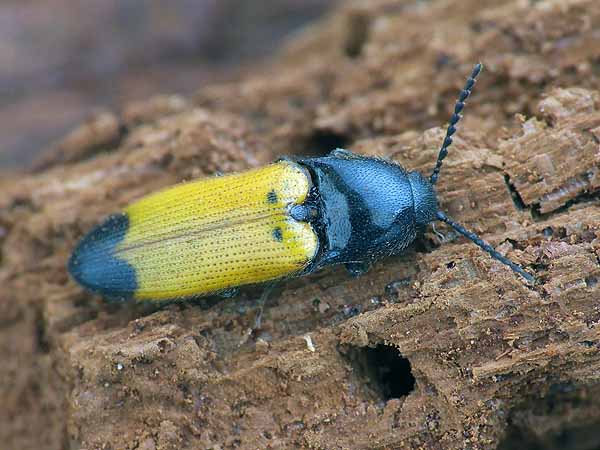
Ampedus
elegantulus (Schönherr, 1817). Not uncommon in Hungary, in
wet forests, near rivers and streams. I have no idea how is able to
survive in such a dry place.
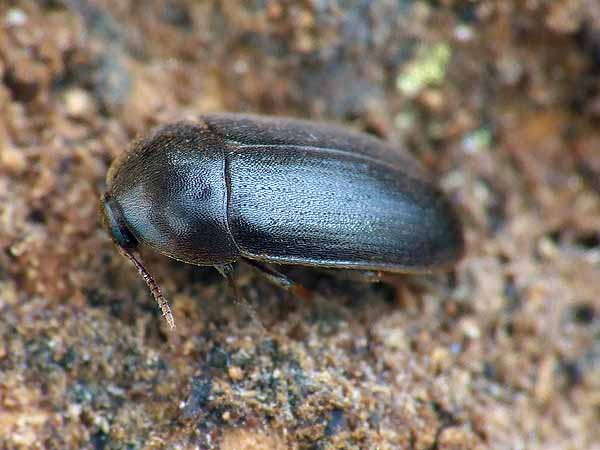
Eustrophus
dermestoides (Fabricius, 1792). A false darkling beetle, common
in wet forests, under wet bark.
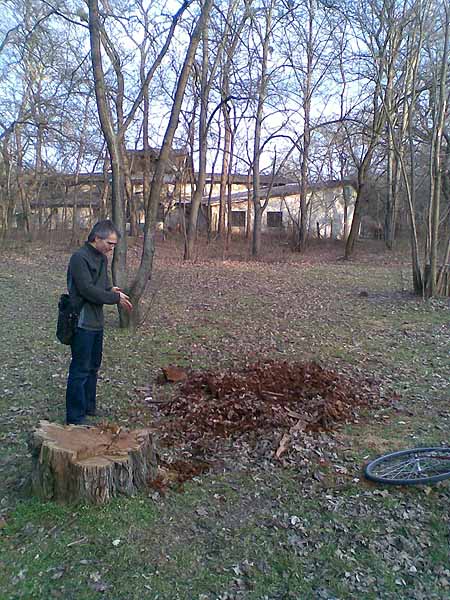
A photo taken last year with my
mobile phone. Body parts of a very rare click beetle, Lacon querceus (Herbst, 1784) were
found here, also in black locust tree (Robinia
pseudoacacia). For me, this is a highly interesting host plant
record, almost as unbelievable as if someone would capture salmon
in the Danube or adder on the Gellért Hill.

Copyright
©
2009. Hungarian Natural History Museum,
Department of Zoology, Coleoptera Collection